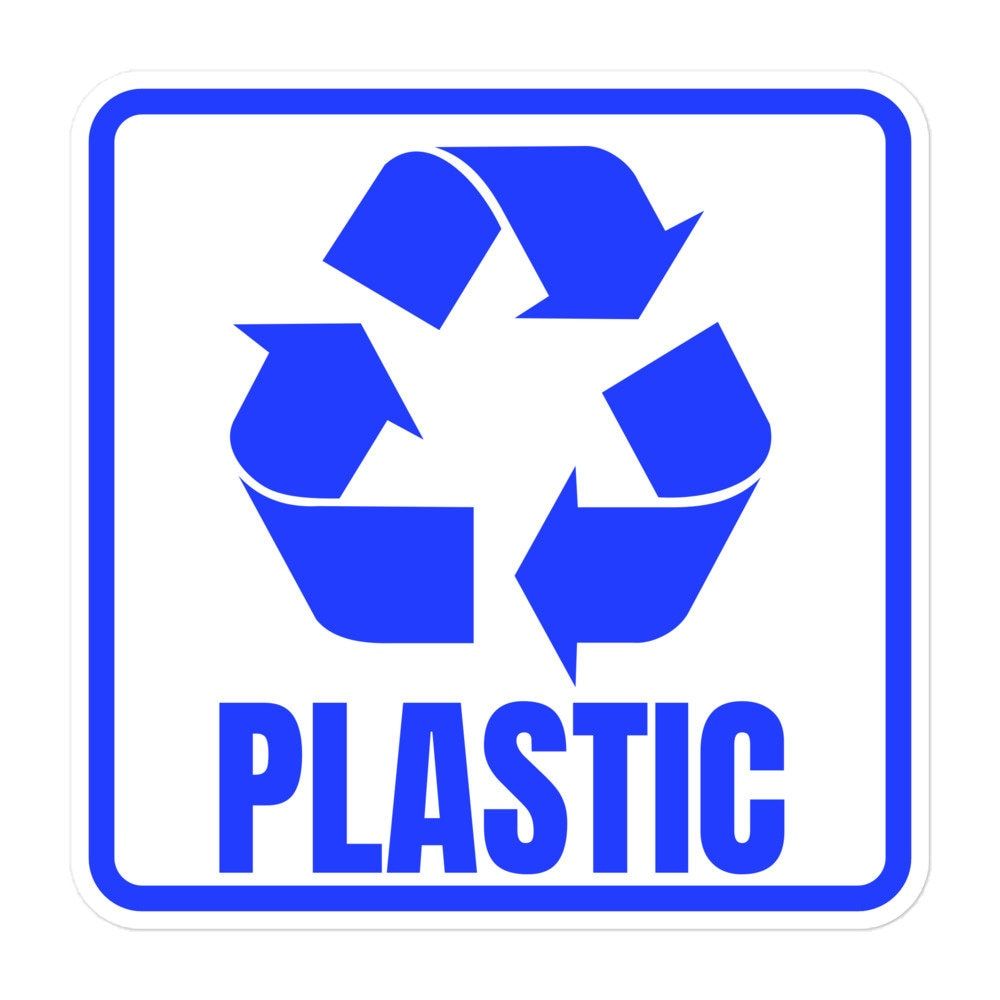
Eco-friendly packaging and plastic recycling: facts and common myths
25 September, 2025Plastic is one of the most common materials. Its versatility and low cost have made it indispensable in our homes and in industry. But that convenience has a downside: plastic waste has become one of the planet's biggest pollutants. Every year, millions of tons end up in landfills and oceans, where they take centuries to decompose, harming ecosystems. Some of it gets recycled, but far from all of it.
Humanity faces a challenge: to combine the convenience of plastic with the preservation of nature. The answer may be eco-friendly packaging—a solution to reduce harm and transition to a circular economy. Plast-Mould has put together this article to explain what eco-packaging is, how recycling works, what myths exist, what the symbols on packaging mean, and how everyone can do their part.
What Is Eco-Friendly Packaging?
Eco-friendly packaging is packaging with a minimal impact on the environment. It can be biodegradable, made from recycled materials, or reusable. For example, eco-plastic decomposes faster than regular polymers. Other solutions are also common: reusable containers and packaging made from recycled paper. They reduce waste and build a culture of conscious consumption.
The production of eco-friendly packaging is becoming an increasingly relevant field that combines efficiency with responsible consumption. This requires investment but offers advantages like a better reputation, customer trust, and a smaller environmental footprint. However, without active consumer participation, even modern solutions will fall short. Only through joint efforts can eco-packaging become the norm of daily life.
Recycling Plastic Containers: Process and Reality
Before we answer the question of how plastic is recycled, it's worth understanding its impact on the environment. Plastic is both useful and dangerous: it simplifies life but pollutes nature, accumulating in landfills and oceans. That's why finding effective recycling methods has become a key task of our time. Plastic recycling is a complex but necessary process. It includes several key stages:
- sorting waste;
- cleaning off residues and impurities;
- shredding;
- converting into granules.
After this comes secondary plastic recycling, where the granules become the basis for new products—from building materials to household items. This system is already in place in many countries. In Ukraine, it's still forming, although the number of businesses and sorting options are growing. Plast Mould actively supports the development of such solutions in our country.
The quality of recycling depends on the composition and labeling of the plastic. Only products with the appropriate symbols are actually recycled. For example, plastic cups or containers can be recycled, while mixed or colored materials often remain in landfills for hundreds of years.
The world is adopting innovative technologies: chemical recycling, which breaks down polymers at a molecular level, and thermal recycling, which turns waste into fuel. These open up new prospects but require significant investment and government support.
Myths About Plastic Disposal
There are many myths surrounding plastic containers. One of the most common is that any plastic can be recycled. In reality, due to additives or multi-layering, a significant portion of products is not recyclable. Another widespread myth concerns eco-plastic: it's believed to decompose everywhere. However, this requires special conditions that are not typically available in regular landfills.
There's also a misconception that plastic disposal completely solves the waste problem. This isn't true: even with a perfectly established recycling system, plastic remains in circulation in enormous quantities. The only way to reduce environmental harm is to combine recycling with an active reduction in the use of single-use items. Plast-Mould emphasizes that real change is only possible through a responsible approach.
Practical Guide: How to Tell if Something is Recyclable
To determine if a container is recyclable, all you need to know are the plastic recycling symbols. This is a triangle of arrows with a number inside. For example, labels 1 (PET) and 2 (HDPE) mean the item is recyclable; 3 (PVC) is almost never recycled; 5 (PP) can usually be recycled.
What to sort first:
- beverage bottles with the label 1 (PET);
- food-grade plastic containers with the marking 5 (PP);
- plastic buckets with the marking 2 (HDPE).
For the average consumer, this simple rule can be an important step toward reducing waste. Proper sorting makes the work of recycling companies easier and allows for a larger volume of raw materials to be brought into a secondary cycle.
Making Choices in Everyday Life
Everyone can contribute to reducing plastic waste. It doesn't require a huge effort—just simple daily steps that gradually build an eco-friendly culture and a responsible attitude toward the environment.
A simple list of daily actions:
- carry a reusable bag;
- reuse plastic containers for storage;
- avoid products with excessive packaging.
If everyone starts following these rules, the reduction of plastic in daily life will become real and tangible. It's the small daily habits that create global change.
Eco-friendly packaging and plastic container recycling are not a temporary trend; they're a necessity. While they won't solve the problem entirely, they can change the situation for the better. Real change is only possible when everyone acts together. Only by combining our efforts can we ensure that eco-friendly packaging becomes an integral part of our daily lives and transforms from an exception into the norm.
The plastic packaging manufacturer Plast Mould offers plastic packaging that is recyclable and suitable for reuse. By choosing our products, you support an eco-friendly approach and reduce the amount of waste. Make a choice for the environment—order our packaging today!